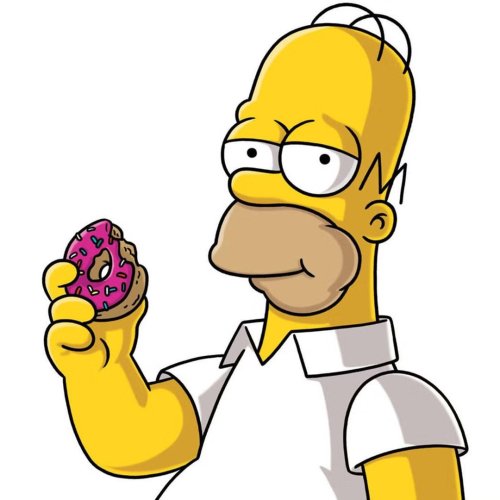Twins Video
On Monday against the Angels, Nick Blackburn, despite taking the loss in a 5-1 contest, provided the team with some assurance that he may be able to outperform the lowly expectations that have been outlined for him based on his track record the last two years.
What has been the most impressive about his 2012 debut was his ability to miss bats. After all, at an 89.9% rate over the past two seasons, he has allowed more contact than any other qualified starting pitcher. It has been like his pitches are heat-seeking bat finders. However, with a healed elbow along with some minor modifications to his mechanical approach, Blackburn has seemingly turned a corner. This spring, the previously highly mashable right-hander held opponents to a 73% contact rate, says 1500ESPN’s Phil Mackey, a huge difference from his career rate. That trend continued into the home opener as Blackburn managed to fend off bats, obtaining a swing-and-miss on 7.1% of the total offerings. What’s more is his fastball, previously a strong candidate to get annihilated, actually missed six bats out of the 30 thrown on the cold April afternoon.
Now, that certainly is not Liriano-like but for someone who has spent the past two years at the 4% mark, this is a significant step in the right direction. Let’s take a peek at his changes and see what, if anything, this may have done to improve his game and if this output might continue.
At the beginning of March, Pioneer Press columnist Tom Powers noted that Blackburn had made two noteworthy changes to his approach: (1) shifting over to the third base side of the rubber and (2) switching to a higher, over-the-top arm angle.
The first change is very apparent. In the first image, you see that Blackburn has started on the first base side of the rubber. In the ensuing shot, he has moved his starting position to the third base side. By his account, this is now enabling him to pound his fastball on the inner-half of the zone better to right-handed opponents.
The second change, his arm angle, did not seem to stick with him through spring camp. In his televised spring training start against the Yankees, Nick Blackburn was seemingly throwing from a more over-the-top type arm angle versus his standard three-quarters release that we have been accustom to. Contrary to what was relayed this spring, in his first start of the season, Blackburn was actually throwing at a lowered release point this season than he did the previous one.
The top image (from 2011) shows a slightly more tilted (read: higher) release angle than the second image (2012):
Furthermore, the Target Field pitch f/x camera system concurs that, in addition to having his release point shift over several inches towards the right-handed batter’s box, it has also dropped a few inches as well:
These changes have allowed Blackburn to hammer righties down and in, getting under their swing and avoiding the meaty part of the zone. According to Fangraphs.com’s heat maps chart, we see that on Monday (below), Blackburn pounded the inner-half of the plate with his two-seamer whereas the prior season (above), the majority of those pitchers were finishing out over the plate:
Essentially, his off-season alterations have led to more pitching arm side movement of his two-seamer which dropping significantly as well. It’s easy to see with this type of spotting why Blackburn was able to generate an increase in his swing-and-misses and, not to mention, a decent uptick in ground ball production (a near 70% rate against Los Angeles). Of course, we have seen the feast-or-famine Blackburn act before, so it’s hard to say if he can continue this output over the duration of the season. Nevertheless, based on these findings, if he can maintain a swing-and-miss rate around 7% while keeping that ground ball rate at or above 60%, he could be in line for a much needed bounce back season.
MORE FROM TWINS DAILY
— Latest Twins coverage from our writers
— Recent Twins discussion in our forums
— Follow Twins Daily via Twitter, Facebook or email
— Become a Twins Daily Caretaker














Recommended Comments
There are no comments to display.
Join the conversation
You can post now and register later. If you have an account, sign in now to post with your account.
Note: Your post will require moderator approval before it will be visible.